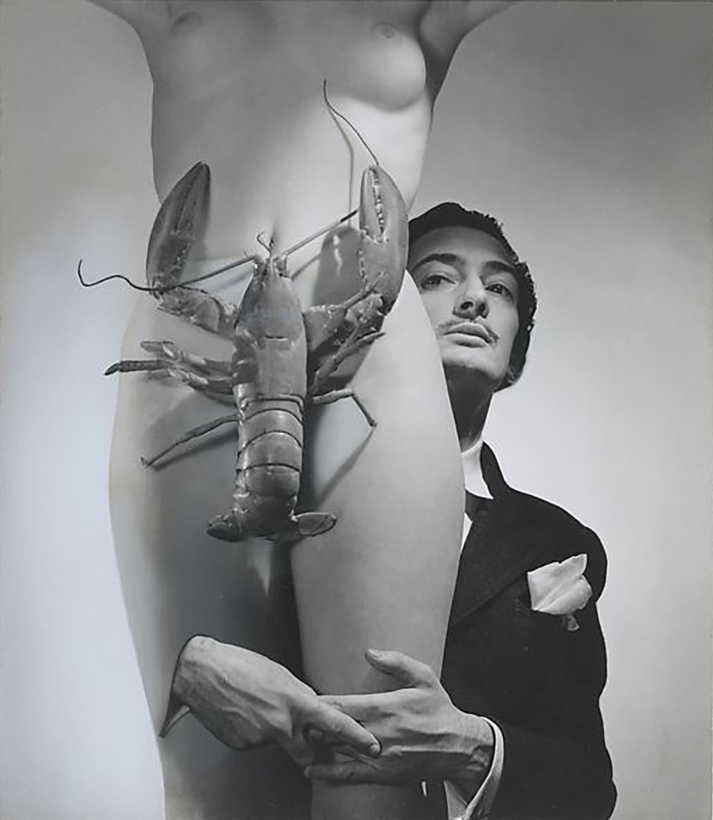In 1927, at 37, Elsa Schiaparelli was living on next to nothing at 20 Rue de l’Université, in Paris, selling hand-knit sweaters on her doorstep. When she wore one of these, the Bow sweater, to a society luncheon—kismet! Knit flat into its black background was the image of a white collar and a big bow. With Paris in the throes of Cubism and Surrealism, Schiaparelli’s trompe l’oeil creation became an instant sensation.
Schiaparelli was born in 1890 in Rome, into an aristocratic family; her father was a distinguished scholar of Islam and the Middle Ages. Highly educated, she was also rebellious and left home in 1913 to work in an orphanage in England. Once there, Schiaparelli ran off with the psychic Willie de Wendt de Kerlor. They married and moved to America. De Kerlor was charismatic and imaginative, but also a fraud and a rogue. When she learned of his extramarital affair with the dancer Isadora Duncan, Schiaparelli divorced him and, in 1922, re-settled in Paris.
The Bow sweater had wings, and before long Schiaparelli designs lined the shelves in U.S. department stores. Charles Kahn, a director at Galeries Lafayette, bought into Schiaparelli’s business, and come 1934 she would grace the cover of Time, dressed in a fur and cocked knit hat, her eyes mischievous.

When Maison Schiaparelli opened, in 1935, in the Place Vendôme, a brilliant rivalry was launched. Schiaparelli began stealing Paris’s top clients from her purse-lipped rival across town, Coco Chanel, who tried to dismiss her as “that Italian artist who makes clothes.” In fact, Schiaparelli did consider herself an artist. A number of her collections were produced in collaboration with Jean Cocteau, Man Ray, and Salvador Dalí. For her summer collection of 1937, she and Dalí debuted the lobster dress, a gown of white silk organza printed with a large lobster that drifts suggestively down the front.
The late 30s were momentous. Schiaparelli designed acclaimed themed collections: Metamorphosis, Circus, Pagan, Zodiac, Commedia dell’Arte, Music. “Shocking,” the perfume she named for her signature color—begonia pink—sold steadily. When the Germans occupied France, in 1940, Schiaparelli floated through South America and Portugal before moving to America in 1941.

After the war, everything changed. In 1947, Christian Dior debuted his sumptuous collection of deeply corseted Second Empire silhouettes, and the hard, bright wit of Schiaparelli’s clothes looked out of step with postwar domesticity and romance. Her couture house was shuttered after its last show, on February 3, 1954.
Shocking: The Surreal World of Elsa Schiaparelli—a new book that presents 120 photographs of garments and accessories from the Musée des Arts Décoratifs’ collection—traces the evolution of “Schiap” style. Drawings, essays, original artwork, archival material, and contemporary features fill the gaps in the story. —Elena Clavarino

Shocking: The Surreal World of Elsa Schiaparelli is out now from Thames & Hudson. A companion exhibition is on at the Musée des Arts Décoratifs, in Paris, through January 22
Elena Clavarino is the Senior Editor for AIR MAIL
